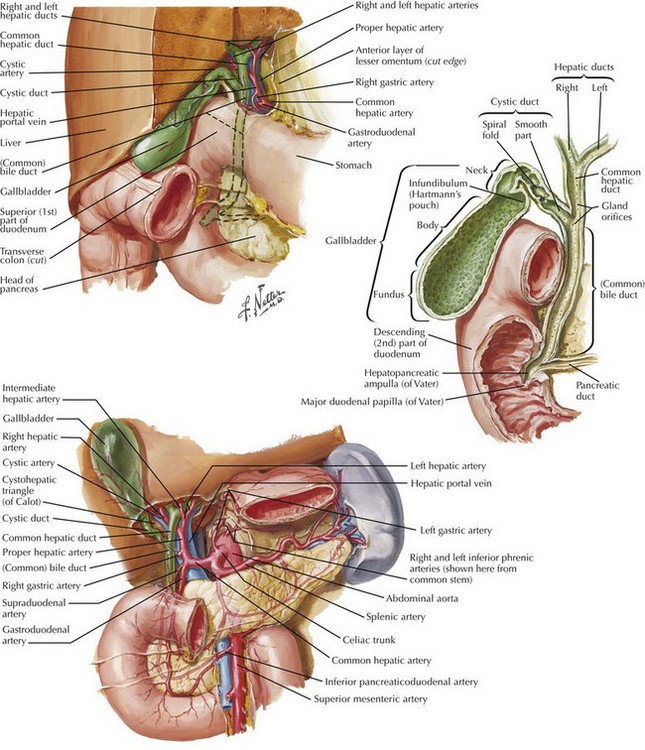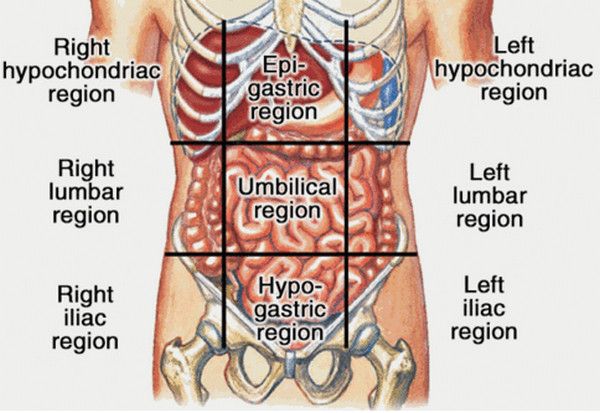Overview
A laparoscopic cholecystectomy with intraoperative cholangiogram involves removal of the gallbladder and imaging of the biliary tree to ensure no stones remain and no injury occurred. Key anatomy includes the gallbladder, cystic duct, common bile duct (CBD), common hepatic duct, and liver bed.
Relevant Anatomy
The gallbladder sits beneath the liver and drains via the cystic duct into the CBD. IOC visualizes the biliary anatomy to confirm ductal integrity.


Instruments and Equipment
- Laparoscopic tower: monitor, light source, insufflator
- Laparoscope (30-degree), camera head, light cord
- Trocars x4 (typically 10mm umbilical, 3x 5mm)
- Graspers, scissors, Maryland dissector
- Clip applier and laparoscopic clips (medium-large)
- Suction/irrigation probe
- Electrocautery/diathermy hook
- Cholangiogram catheter, dye, and syringe
- Lead gowns and C-arm fluoroscopy unit
Scrub Nurse Setup and Role
The scrub nurse stands on the left side of the patient (opposite the surgeon) near the foot end. Duties include:
- Ensuring laparoscopic instruments are ready and working
- Assisting with clip application, suction, cholangiogram setup
- Maintaining clear instrument counts and sterile field
- Passing cholangiogram catheter, connecting dye
Step-by-Step Surgical Procedure
- Patient positioning: Supine with slight reverse Trendelenburg and left tilt
- Access: Umbilical port placed, insufflation to 12-15mmHg CO2
- Port placement: Three additional ports in subxiphoid and right upper quadrant
- Initial inspection: Survey abdominal cavity, identify liver and gallbladder
- Dissection of Calot’s Triangle: Clear cystic duct and cystic artery using dissectors and diathermy
- Cholangiogram: Insert catheter into cystic duct, inject contrast under C-arm imaging
- What to see on imaging: Clear outline of hepatic ducts, CBD, and flow into duodenum; absence of filling defects (stones)
- Clip and divide: Apply clips to cystic artery and duct, then divide
- Gallbladder removal: Dissect from liver bed using electrocautery, control bleeders
- Specimen retrieval: Place in bag and remove via umbilical port
- Final washout and check: Suction any blood or bile, inspect for injury or leaks
- Port removal and closure: Desufflate, remove ports, close fascial defect if required
Post-Operative Tasks
- Final instrument, needle, and swab count
- Dispose of sharps, manage soiled instruments for sterilisation
- Ensure cholangiogram images are labelled and saved
- Assist with drape removal and patient transfer
- Complete documentation and handover to recovery